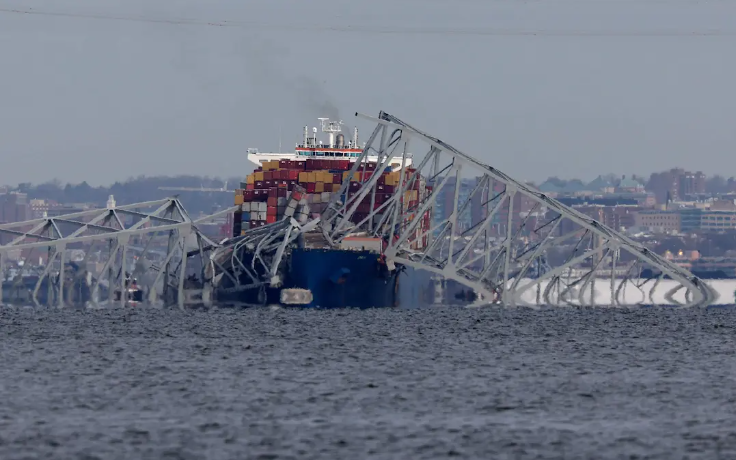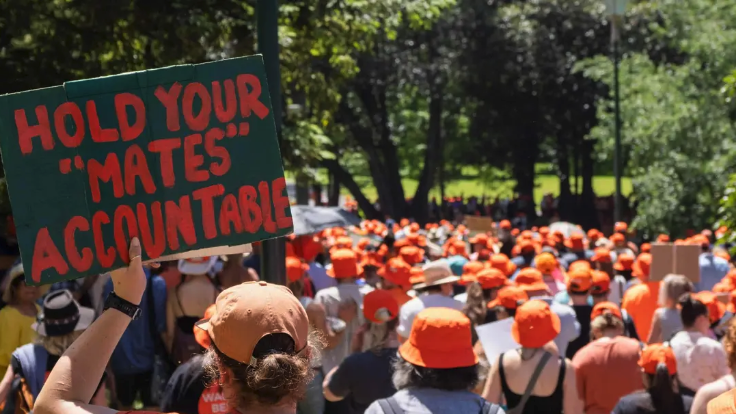Baltimore Bridge Collapses After Cargo Ship Crash
The Francis Scott Key Bridge in Baltimore collapsed into the Patapsco River early Tuesday morning after a 985-foot by 157-foot (300 meter x 48 meter) cargo ship crashed into one of the bridge's supports.
Facts
- The Francis Scott Key Bridge in Baltimore collapsed into the Patapsco River early Tuesday morning after a 985-foot by 157-foot (300 meter x 48 meter) cargo ship crashed into one of the bridge's supports.1
- Following the collapse, which occurred around 1:30 a.m. local time, several vehicles fell into the cold water. Fire Chief James Wallace said two people had been rescued but between seven and 20 were still missing in the water.2
- Traffic was suspended at the Port of Baltimore, which is reportedly the busiest port for car shipments with over 750K in 2022. The Singapore-flagged ship, owned by Grace Ocean Pte Ltd and managed by Synergy Marine Corp., reportedly "lost propulsion" as it was leaving the port.3
- Danish firm Maersk, which serves over 100K businesses and carries over 12M containers annually, was chartering the ship. Maersk is among the companies that have stopped traveling through the Suez Canal and the Red Sea, having cut 10K jobs this year due to declining revenue.4
- Maryland Gov. Wes Moore said the incident "points to an accident," and the FBI also said there's "no specific and credible information to suggest" terrorism. The National Transportation Safety Board launched a "go team" investigation into the matter.4
- All lanes of Interstate 695 were closed at the bridge, with drivers being told to not use the highway's southeast corridor. Maryland Transportation Secretary Paul Wiedefeld said that while port traffic has been suspended, ground traffic can still pass through.5
Sources: 1Associated Press, 2FOX 5 DC, 3Reuters, 4CNN and 5WBAL.
Narratives
- Narrative A, as provided by FOX News. Infrastructure in parts of the US has been neglected, and this can be the result of not putting money and ingenuity into preserving important roads and bridges. Other states should follow the lead of Florida, which has underwater structures to redirect ships that go off track, and builds its bridges with redundancy — the ability to perform their function even when damaged. Neglected American infrastructure must be addressed.
- Narrative B, as provided by CBS. Maybe the bridge could've been in better shape at the time of this incident, but the quality of the bridge isn't to blame for this incident. This should be a lesson that shipping traffic needs to be better managed, and the size of cargo ships needs to be restricted. Even if this bridge had been rated better than fair — a classification most bridges in the US have — it might not have been a match for this extra-large vessel.







